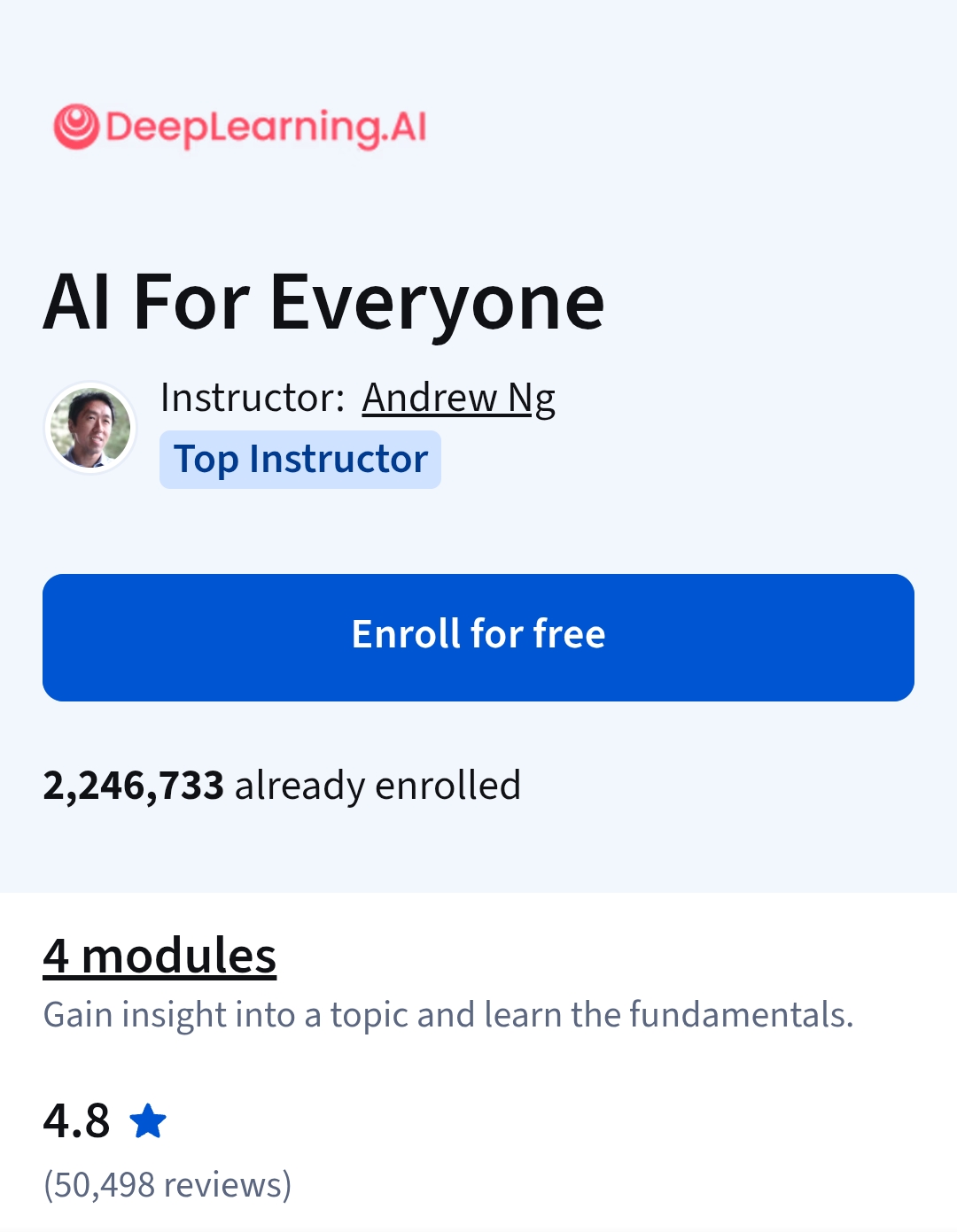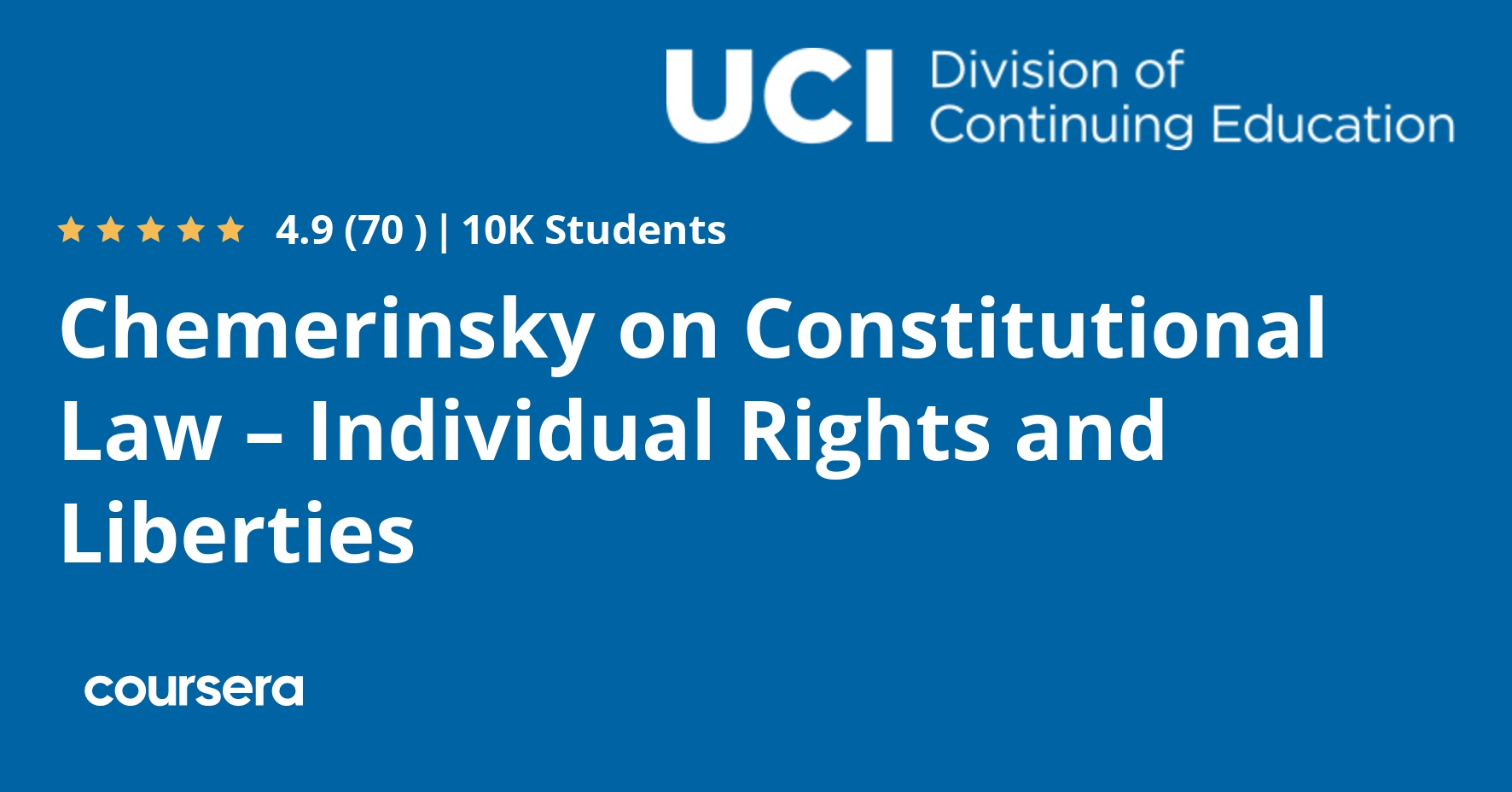Description
Chemerinsky on Constitutional Law: Individual Rights and Liberties will highlight the construction and interpretation of the U.S. Constitution through the centuries with an emphasis on protections of individual liberties and the evolution of equal protection. You’ll learn the history behind the Constitution, cases that formed important precedent, and how changes in interpretation have been dependent on shifts in cultural and political climate as well as the composition of the Supreme Court.
In this course we will investigate the protection of individual rights and liberties and take a look at what rights are and are not protected and investigate several important shifts in jurisprudence. We’ll begin by examining the structure of the Constitution’s protection of individual rights. We’ll then examine the circumstances under which, various rights and liberties can be regulated by the federal, state, and local government. We’ll examine when the government can permissibly treat people unequally and when it can’t. In our final two lectures, we’ll take a close look at what is probably the most famous amendment to the Constitution, the First Amendment.
Join me as we look at the questions both raised and answered by the Constitution and those that interpret it!
By the end of this course, you should be able to:
– Describe the individual liberties protected by the Constitution and account for the history and structure of their protection
– Illustrate compromises found in the Constitution by citing examples and historic background
– Articulate the importance of key cases such as Brown v. Board, Lemon v. Kurtzman, and Lochner v. New York
– Explain how the outcome of cases is often dependent upon the current cultural and political climate as well as the composition of the court by citing particular cases and important shifts in the court’s jurisprudence
– Assess the relative suitability of various approaches to constitutional interpretation and analysis
What you will learn
Welcome – Let’s Get Started
Lecture 6 (in the series) – The Structure of the Constitution’s Protection of Individual Liberties
How are individual rights protected? In this module we’ll take a look at three of the structures that protect our individual liberties: the state action doctrine, the application of the bill of rights to the states, and the levels of scrutiny principle.
Lecture 7 (in the series) – Individual Liberties
What rights are enumerated in the Constitution? How has the court’s understanding and protection of these rights evolved? In this lecture we’ll become familiar with the rights that are both specifically enumerated and implied by the text of the Constitution.
Lecture 8 (in the series) – Equal Protection
In this module we’ll examine how equal protection has been applied to different suspect classifications such as race, gender, citizenship, and more. In addition, we will consider how the court has used levels of scrutiny in order to determine when the government can permissibly discriminate based upon suspect classifications.
Lecture 9 (in the series) – The First Amendment: Expression
Why is freedom of speech protected as a fundamental right? What is its importance? In this module we’ll review four possible answers to this question. We’ll also examine the basic principles that guide the Supreme Court’s methodology when examining questions of free speech. Finally, we’ll take a look at the types of speech that have not been traditionally protected and the limitations that can be imposed on where protected forms of speech can be exercised.







